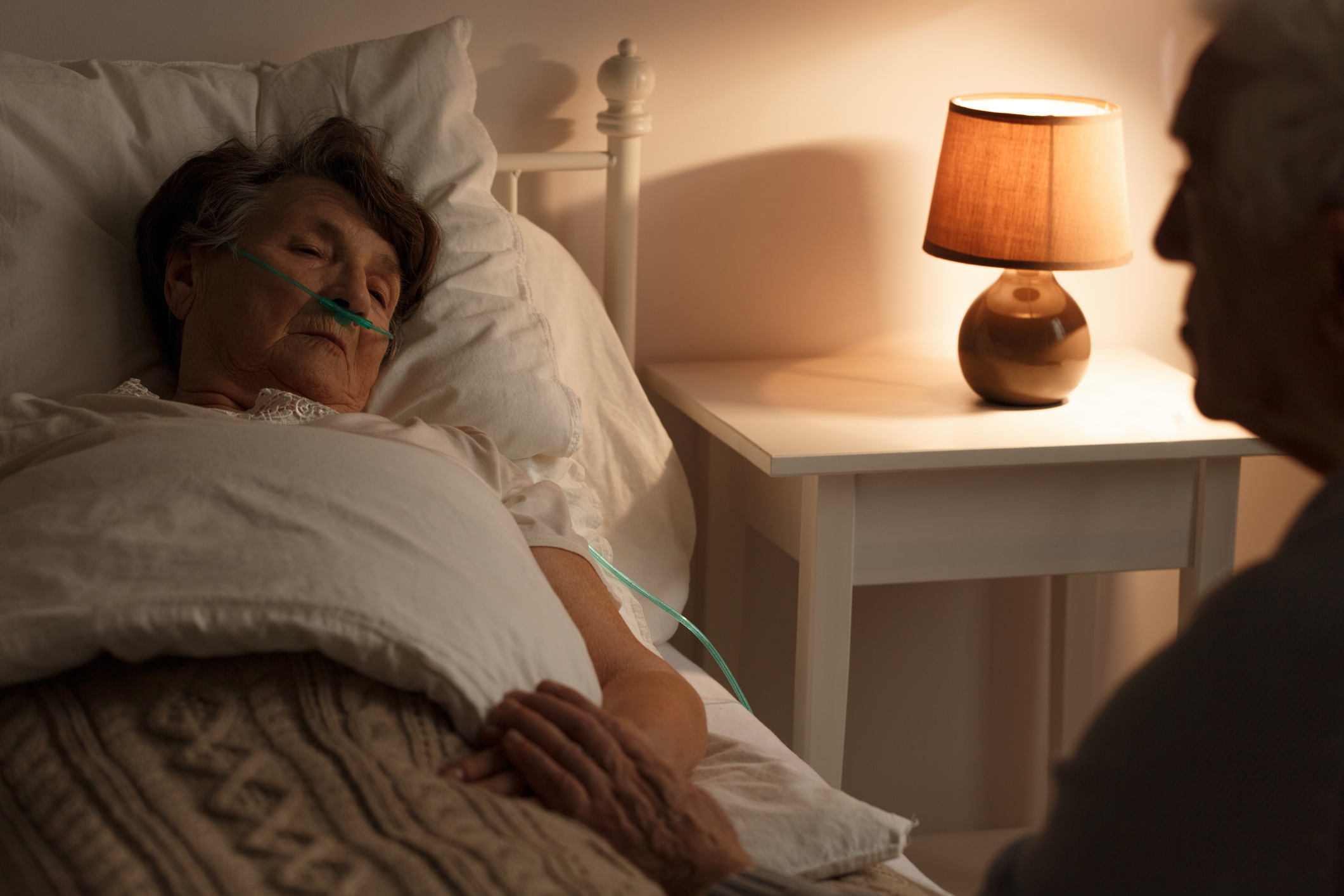A growing number of people are drafting living wills (sometimes called advanced directives) to help ensure their wishes are made clear and followed in the event of a serious illness or injury. And as a burgeoning proportion of the population reaches old age, more seniors are giving real thought about how not only to live well in the present but also how to achieve a better death.
Anyone who has taken an elderly relative to the emergency room has heard plenty about Do Not Resuscitate orders but in recent years, families and care providers are questioning the practice of moving dying patients to hospital nearing the end of life. If extraordinary measures to keep a very ill or dying person alive are not the wish of the individual, can a Do Not Hospitalize Order offer a better death?
According to a recent report in the Huffington Post, 80 per cent of dying patients want to stay out of hospital and receive less intensive care at the end of life. And keeping invasive procedures and tests to a minimum is not only less stressful and upsetting for patients and families, studies have found increased hospital care does not extend life in the final months.
For very elderly or ill people who know they are nearing the end, creating a Do Not Hospitalize order offers a sense of control. The order can be very specific and does not mean that comfort care will be withheld. Depending on the situation, some people can be kept comfortable and free of suffering at home or in a nursing home and most doctors will help guide families in making the right decision for each individual. Remaining in familiar surroundings without being poked and prodded and woken up every couple of hours in a clinical setting seems like a much better way to end a life. Especially if friends and family are nearby to offer comfort and loving support.
There is, however, another side of equation to consider. Caregiver stress should also be taken into account as the end of life approaches for a loved one. No one can predict how long the process will last or what toll caring for a dying friend or family member can take on those providing care. Palliative care at home should also include a respite plan for those doing their best to honor the end of life wishes of a loved one.
It should also be noted that first responders may be less likely to honor the patient’s wishes to remain out of hospital. Once a call is placed to 911, it’s the job of the emergency medical technician to resuscitate and transport the patient to hospital.
To read more about DNH orders visit the Journal of Post-Acute and Long-Term Care Medicine by following this link.






Add Your Voice
0 Comments
Join the Discussion